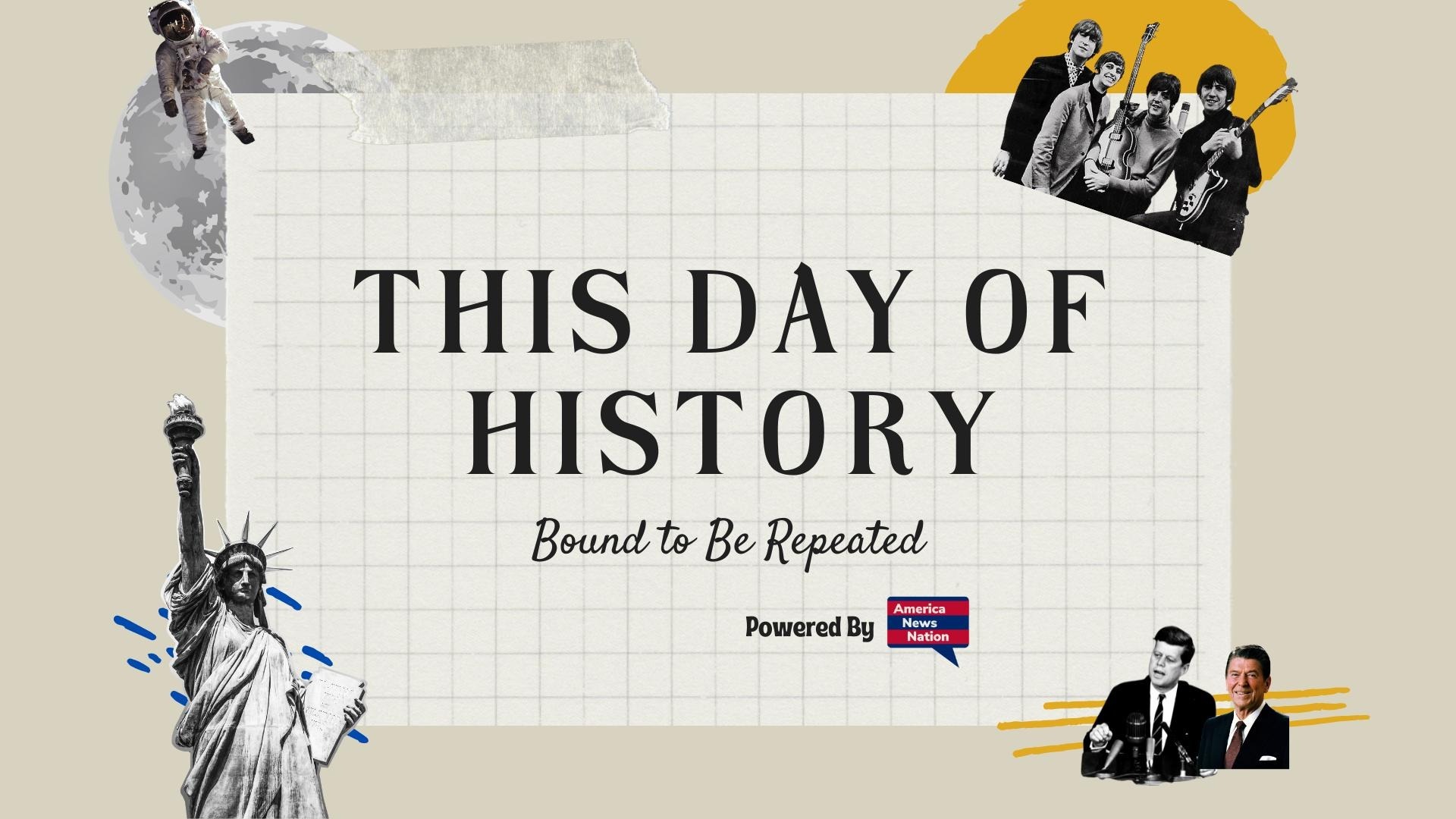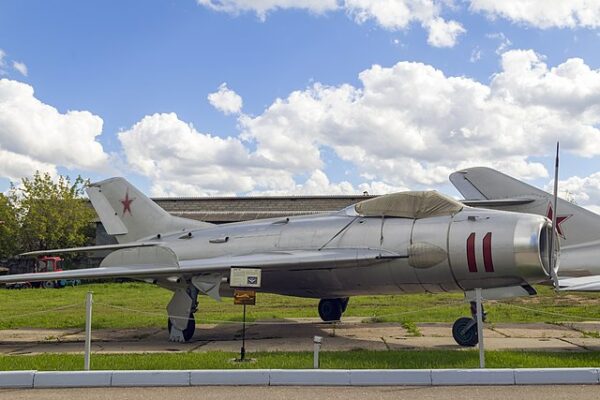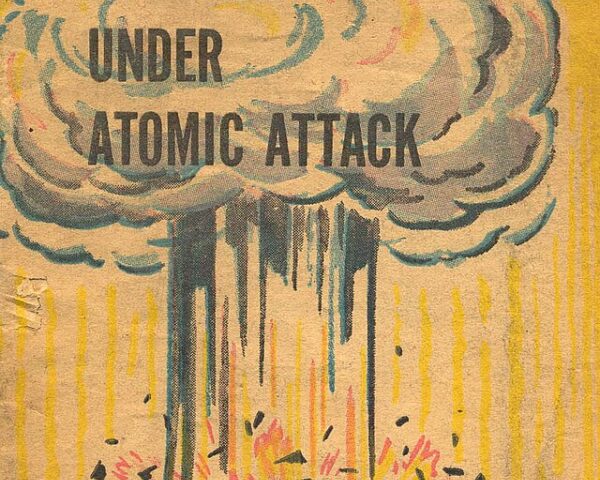In April 1953, as aerial battles continued to rage fiercely over Korea, the United States military launched an ambitious psychological warfare campaign designed to destabilize enemy morale and gain a strategic intelligence advantage. This unusual operation, codenamed Operation Moolah, was aimed squarely at communist pilots flying the Soviet-built Mikoyan-Gurevich MiG-15—the fighter jet that had proven a challenging adversary for American airmen in the infamous skies known as “MiG Alley.”
At the time, the MiG-15 presented a formidable threat. U.S. commanders desperately sought firsthand technical insights into its capabilities. Understanding the aircraft’s strengths and weaknesses could drastically shift the balance of air superiority. Recognizing that capturing a fully intact MiG-15 through combat was unlikely, U.S. military planners conceived an alternative: enticing enemy pilots to defect with their aircraft.
On April 26, Operation Moolah commenced with a provocative announcement made widely the following day, April 27. American authorities offered an extraordinary incentive: a cash reward of $50,000 to any communist pilot who defected and landed a fully mission-capable MiG-15 safely in South Korea. To intensify urgency, planners promised the very first defector an even greater sum—$100,000, an astronomical amount in 1953.
This unprecedented offer was broadcast repeatedly via radio in Russian, Korean, and Chinese. Leaflets were also dropped over enemy airfields, military installations, and key industrial sites, directly appealing to pilots and subtly pressuring their commanders. Beyond money, defectors were guaranteed political asylum, safety, and a new life in the West. American strategists believed these promises might persuade at least a few pilots to reconsider their loyalties, or at the very least, sow distrust within enemy ranks.
The announcement was carefully timed. Peace talks to end the conflict were nearing critical junctures, and American commanders knew that any disruption to enemy air operations could hasten negotiations. Even if pilots did not immediately defect, Operation Moolah could create suspicion and paranoia among communist air forces, potentially grounding missions and disrupting morale at precisely the moment when North Korean and Chinese commanders needed their airmen most.
Despite high expectations, immediate results were limited. Enemy pilots initially appeared unmoved—or too afraid of severe reprisals by their commanders to take the risk. Yet American intelligence soon picked up evidence that the operation had indirectly achieved some success: enemy aerial sorties decreased notably after Operation Moolah’s launch, and reports indicated heightened internal security and surveillance within communist units, suggesting paranoia and mistrust had indeed taken hold.
Ultimately, the reward offer went unclaimed during active hostilities. It was not until after the armistice agreement ended fighting in July 1953 that a North Korean pilot finally defected. On September 21, 1953, Lieutenant No Kum-sok dramatically landed his MiG-15bis at Kimpo Air Base near Seoul. Curiously, No claimed ignorance of Operation Moolah’s offer and said his defection was motivated purely by disgust with the North Korean regime rather than by money. Nevertheless, the U.S. government honored its promise, providing him the full $100,000 reward and later resettling him in the United States, where he pursued a successful career as an aeronautical engineer.
No’s MiG-15 proved an intelligence bonanza. U.S. aviation specialists conducted exhaustive tests, gaining vital insights into the aircraft’s engine, weaponry, radar systems, and flight characteristics. These findings significantly informed the development of U.S. fighter aircraft throughout the Cold War era, helping ensure technological and tactical dominance in future conflicts.
Today, Operation Moolah stands as a remarkable episode of Cold War history—a bold experiment in psychological warfare that leveraged financial incentives and personal ambition against military loyalty and ideological conviction. While initially perceived as unsuccessful, its long-term strategic impact on aviation technology and tactics proved the operation’s lasting value.






